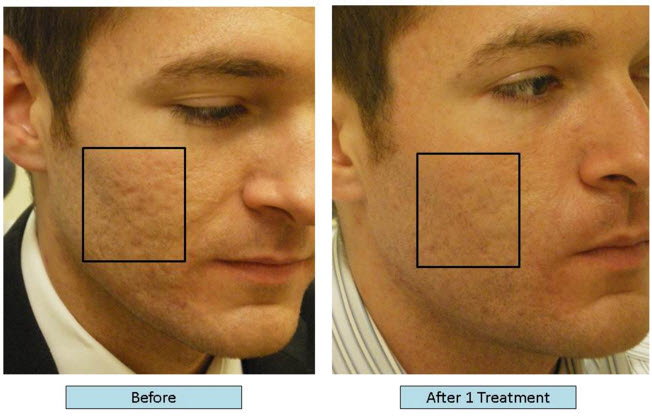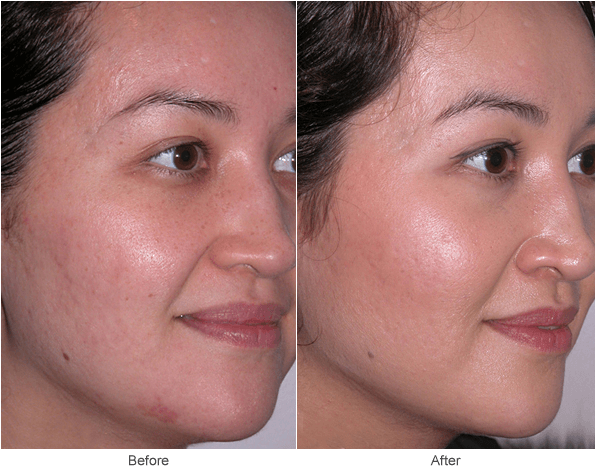Discovering Skin Problem: Identifying and Treating Acne Scars for Healthier Skin
Acne scars represent a substantial worry for people seeking to maintain healthy and balanced skin, as they can impact both appearance and self-worth. Comprehending the various kinds of scars, from atrophic to hypertrophic, is important for establishing ideal treatment options.
Recognizing Acne Scars

The body's natural healing process can cause either atrophic scars, which look like clinical depressions in the skin, or hypertrophic marks, which are raised and result from overproduction of collagen. Furthermore, the emotional toll of acne marks should not be ignored; lots of people report feelings of embarrassment, anxiety, and decreased self-esteem. This emotional problem can impact social communications and general top quality of life.
Addressing acne marks requires a comprehensive understanding of their formation and impact. Understanding of the capacity for long-lasting consequences related to without treatment marks can inspire individuals to seek suitable treatments. Early intervention and effective management strategies can substantially enhance skin look and boost psychological durability, highlighting the value of comprehending the complexities bordering acne scars.
Sorts Of Acne Marks
Acne scars can be categorized into distinctive kinds, each displaying distinct attributes and needing certain treatment approaches. acne scars treatment. The main kinds of acne scars include atrophic, hypertrophic, and keloid scars

Hypertrophic scars, in contrast, are elevated above the skin level and are the result of too much collagen manufacturing during the recovery procedure. They generally stay within the borders of the original acne lesion. Keloid scars are comparable yet expand beyond the original injury site, developing bigger, raised areas that can be itchy or excruciating.
Comprehending these kinds of marks is crucial for selecting suitable treatment choices. Various marks might react far better to details therapies, such as laser treatments, fillers, or medical treatments, highlighting the relevance of a tailored technique to acne scar management.
Identifying Your Marks
Acne scars normally drop right into 2 categories: atrophic and hypertrophic scars. These can additionally be identified right into ice-pick marks, boxcar marks, and rolling marks, each exhibiting unique attributes and needing various strategies for analysis.
Hypertrophic marks, on the various other hand, are elevated and occur due to excessive collagen manufacturing during the healing procedure. Recognizing the specific features of your scars-- such as acne treatment for sensitive skin width, texture, and depth-- is important for appropriate identification (skin rejuvenation treatments). In addition, take into consideration the circulation of marks across your skin, as this can indicate the severity and period of the acne problem
Engaging with a dermatologist can provide valuable insights right into the nature of your scars, assisting in the distinction in between different types. A thorough understanding of your marks will inevitably bring about an extra tailored and effective therapy plan, ensuring a more clear and much healthier complexion.
Therapy Choices Available
Recognizing the certain type of acne marks existing on your skin lays the groundwork for discovering efficient treatment alternatives. Typical kinds of acne scars consist of atrophic (clinically depressed), hypertrophic (raised), and post-inflammatory erythema.
For atrophic scars, alternatives such as chemical peels, microneedling, and laser resurfacing are widely made use of. Chemical peels use acids to remove the outer layer of skin, advertising new cell development.
Hypertrophic scars can be treated with corticosteroid injections to squash the scar or laser therapy to lower redness and enhance look. Silicone gel sheets and stress dressings might additionally assist in handling increased marks.
On top of that, facial fillers can momentarily complete depressions from atrophic scars, while surgical excision may be suitable for serious cases. Each treatment alternative has its considerations and advantages, making it vital to speak with a skin doctor. They can give personalized suggestions based upon the kind and extent of your scars, as well as your skin type and general wellness.
Tips for Avoidance
Effective prevention techniques can substantially lower the likelihood of developing acne marks. The very first step is to preserve a regular skincare routine that includes gentle cleansing, exfoliation, and moisturizing. Using non-comedogenic products helps avoid blocked pores, which can worsen acne. Furthermore, integrating topical treatments including salicylic acid or benzoyl peroxide can successfully reduce and manage breakouts swelling.
Preventing need to pick or stand out acne lesions is critical, as this can bring about deeper skin damage and raise the danger of scarring. Instead, take into consideration utilizing a cold compress or non-prescription therapies to minimize swelling and redness.
Sunlight security is another essential element of prevention; ultraviolet (UV) rays can dim marks and hinder the recovery process. Using a broad-spectrum sunscreen with at the very least SPF 30 daily can shield the skin and promote also healing.
Last but not least, preserving a well balanced diet plan rich in vitamins, minerals, and antioxidants sustains skin health and recovery. Staying hydrated and taking care of anxiety degrees can also play a substantial role in lowering acne flare-ups. By executing these approaches, individuals can dramatically reduce their possibilities of developing acne scars.
Verdict
In conclusion, understanding and determining acne scars is crucial for efficient therapy and achieving much healthier skin. Numerous kinds of acne scars, consisting of atrophic and hypertrophic scars, require details treatments customized to individual requirements. Therapy alternatives range from chemical peels and microneedling to corticosteroid injections, highlighting the relevance of seeking advice from a dermatologist. Additionally, embracing a mild skin care regimen and shielding the skin from UV exposure can considerably contribute to the avoidance of more scarring and total skin wellness.
The body's all-natural recovery process can result in either atrophic scars, which appear as clinical depressions in the skin, or hypertrophic scars, which are raised and result from overproduction of collagen. They are more separated right into 3 subtypes: ice choice scars, boxcar scars, and rolling scars. Acne marks usually drop right into two categories: atrophic and hypertrophic scars. These can further be identified right into ice-pick marks, boxcar scars, and rolling scars, each showing distinctive attributes and needing different approaches for analysis.
Numerous types of acne scars, consisting of hypertrophic and atrophic scars, necessitate specific treatments tailored to individual needs.